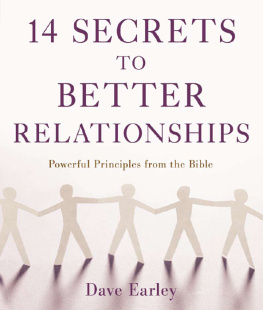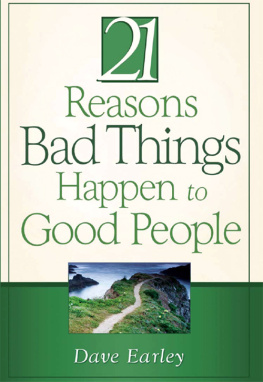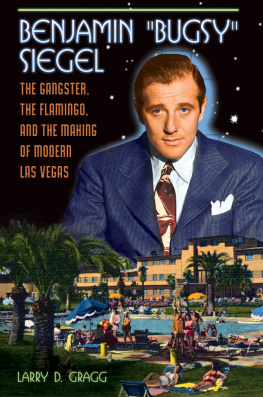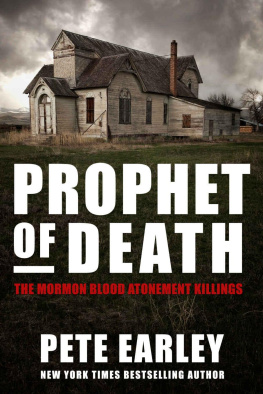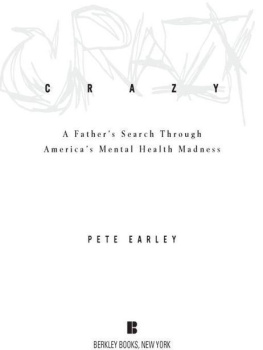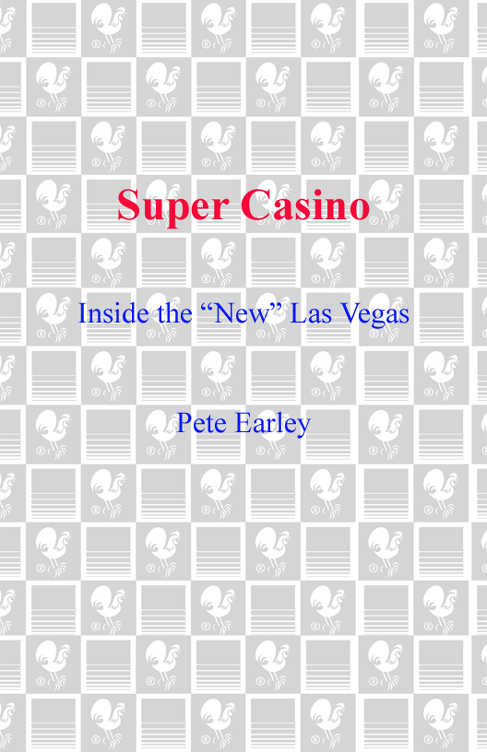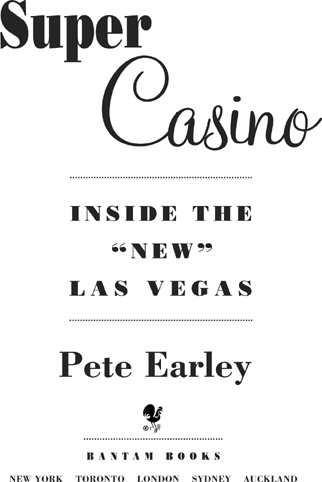COUNTING CARDS
The blackjack player slid a stack of black chips, each worth $100, across the green felt. Keith Uptain couldnt be certain how many chips were being bet because he was standing about fifty feet away, but as he hurried toward the table he estimated it was about twenty-five. It was not the amount of the wager that concerned him. Uptain had seen much larger bets. Once he had watched a whalecasino jargon for the worlds biggest gamblersbet $200,000 per hand, over and over again for several hours, in a baccarat game in Atlantic City. No, it was the timing of this bet that had caught the veteran casino shift managers eye. Until this moment, the blackjack player had bet the table minimum of $100 per hand. It had not mattered whether he had won or lost. He had bet one black chip and only one. Until now. Why had he bumped up his wager to twenty-five times his norm? Uptain suspected that he knew, and he didnt like it.
The game of twenty-one, commonly called blackjack, is the most popular casino table game in the country. It is easy to play and offers skilled gamblers a better chance of winning than most other casino games. Every game is designed to give the house a mathematical advantage, called the edge. Roulette has one of the highest edgesa 5.26 percent statistical advantage for the house. Blackjack has one of the lowest edges: 2.0 percent if played flawlessly. If a gambler bets $100 per spin on a roulette table for one hour (fifty spins), he will theoretically lose $263. If a gambler bets $100 per hand at blackjack for one hour (sixty hands), his theoretical loss will be $120. Obviously, if he is lucky, he might win some of the casinos money, but over time, the casino will grind out its 2.0 percent edge no matter how smart the player isand if he happens to make a few mistakes, the casino will whittle down his stack of chips even more quickly. Players depend on luck, a common saying goes. Casinos depend on math. That is why casinos always win. But despite the casinos edge, it is possible for a knowledgeable blackjack player to actually tip the odds in his favor for short periods. This is what Uptain suspected the player now wagering $2,500 was doing, and it was Uptains job to stop him.
At the Luxor, all cards are dealt faceup to players, and when Uptain reached the table, he saw that the gambler had been dealt the king of hearts and queen of clubs. One of the dealers cards was turned facedownthis was his hole cardand his other was dealt faceup. It was the six of clubs. In blackjack, all the cards in a regular poker deck are given a numerical value. Face cardsthe king, queen, and jackare worth ten points each. The ace can be worth eleven points or one pointthe player chooses. All the other cards are worth their face value. (A six of clubs is worth six, for example.) The object is to get twenty-one points, or as close to twenty-one points as possible, without busting by going over. The player who is closest wins.
The gamblers two cards added up to twenty points, which meant the dealer would have to get twenty-one points to win. That seemed unlikely because he had dealt himself one of the worst possible cards in blackjack: the six. Whenever a dealer has a six showing, veteran players assume that he is going to exceed twenty-one pointswith good reason. In blackjack, a dealer must continue to draw cards until he reaches seventeen or more points. At that moment, he must stand. He cannot draw any more cards. When a dealer has a six showing, unless his hole card is an ace (eleven points), the most that he can have is a total of sixteen pointsa face card plus his sixand that means he will have to draw a third card. The odds of his drawing a card worth five points or less are not as good as the odds of his drawing a card that will put him over the twenty-one-point limit. From Uptains vantage point, it appeared certain that the gambler was about to win his $2,500 bet. All he had to do was stand at twenty and wait for the dealer to take a third card and bust.



